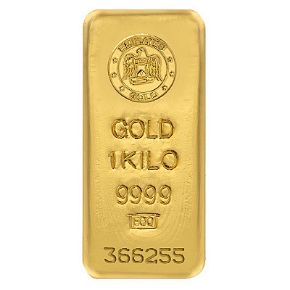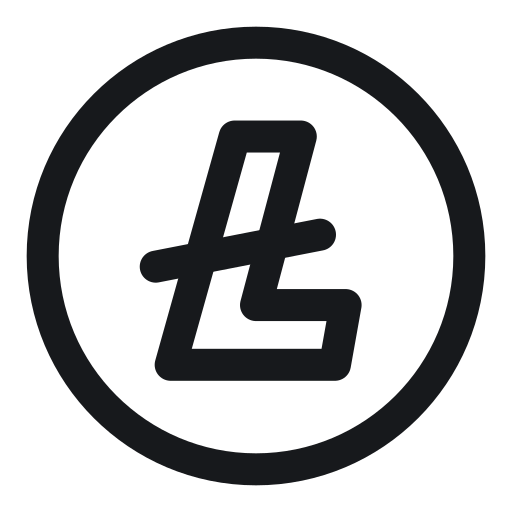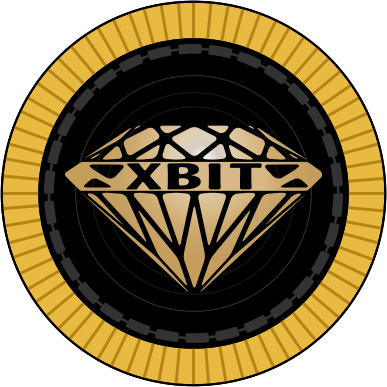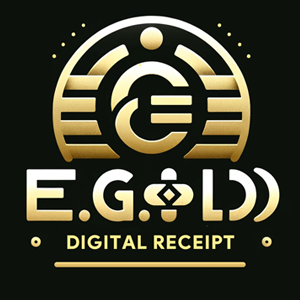
The fusion of modern digital finance and ancient physical wealth has opened up a compelling new avenue for investors: converting volatile cryptocurrency holdings into the stability of physical gold. This move is a powerful strategy for portfolio diversification and a hedge against market uncertainty. However, the process requires diligence to ensure the safety, authenticity, and legal compliance of your tangible investment.
Phase 1: Preparation and Security
Before initiating the conversion, securing your digital assets and preparing for the transaction is essential.
1. Secure Your Crypto Holdings: If you hold a significant amount of cryptocurrency, move the funds you intend to use from a centralized exchange to a self-custody wallet. For maximum protection, a hardware wallet (cold storage) is highly recommended. This ensures you maintain full control over your private keys before the irreversible transfer begins.
2. Prepare for Volatility: Be aware that the price of your cryptocurrency is constantly fluctuating. If possible, consider converting a portion of your holdings into a stablecoin (like USDC or USDT) shortly before the purchase. This can help lock in your value and mitigate the risk of a sharp price drop between placing your order and completing the payment.
Phase 2: Choosing a Reputable Dealer
The most critical step is selecting a trustworthy partner for your conversion. Your safety hinges on the dealer's credibility and process.
1. Vet the Bullion Dealer: Choose established precious metals dealers who explicitly accept cryptocurrency. Look for dealers with a long, positive track record, strong customer reviews, and clear affiliation with recognized industry bodies, such as the London Bullion Market Association (LBMA). Transparency in their pricing and policies is a non-negotiable must.
2. Confirm Payment Mechanisms: Most reputable dealers partner with specialized crypto payment processors (such as BitPay) to handle the transaction securely. Verify that the dealer utilizes a recognized, third-party service rather than requesting a direct, custom wallet transfer, which can be riskier.
3. Understand KYC/AML Compliance: Depending on your jurisdiction and the size of the purchase, the dealer will likely require you to complete Know Your Customer (KYC) and Anti-Money Laundering (AML) checks. Dealing with a compliant organization is a sign of legitimacy and contributes to the overall safety of your transaction.
Phase 3: Executing the Purchase
Once the dealer is selected and your gold bar size is chosen, the payment must be executed with flawless precision.
1. Lock in the Price: After placing your order and selecting the 'Pay with Crypto' option, the dealer will provide an invoice that specifies the exact amount of cryptocurrency required. Crucially, the dealer will generally lock this crypto-to-gold exchange rate for a short time window (e.g., 15 minutes) to protect both parties from extreme market swings.
2. Meticulously Verify the Transfer Details: Cryptocurrency transactions are final and irreversible. Before submitting the payment from your wallet, you must triple-check:
The Recipient Address: Ensure the wallet address on the invoice exactly matches the address you are sending to. Using the provided QR code is often the safest way to ensure accuracy.
The Exact Amount: Send the precise crypto amount listed on the invoice. Sending too little or too much can complicate or even void the transaction.
The Network: Confirm that you are sending the payment on the correct blockchain network (e.g., sending on the Bitcoin network for BTC).
3. Execute the Transaction: Send the funds within the specified time window. The dealer will begin processing your physical gold order only after the transaction receives the necessary network confirmations.
Phase 4: Delivery and Storage
The final component of safety involves the physical security of your new asset.
1. Secure Delivery: If you choose to take physical possession, confirm that the dealer offers fully insured and discreet shipping. The packaging should be nondescript, and you should be required to sign for the package upon delivery.
2. Professional Vault Storage: For larger investments or enhanced peace of mind, consider the dealer’s secure vault storage option. This involves storing your allocated gold in a high-security, insured facility, often allowing for VAT-free purchases (depending on local regulations). This eliminates the risks associated with storing large amounts of bullion at home.
By following these secure protocols, you can confidently bridge the gap between digital wealth and tangible assets, ensuring a safe and successful conversion of your cryptocurrency into physical gold bars.
NOTE
This Content is the copyrighted content of EE.GOLD. All rights are reserved. You are welcome to share or use our content only by including direct links to our website. Any other form of reproduction, distribution, or use without proper attribution is strictly prohibited.
This Content is intended solely for educational purposes. The information provided does not constitute financial or investment advice.
Please note that Digital Storage Receipt, Secure Storage Solutions, and Physical Gold Sales are the only services offered by EE.GOLD.
We strictly adhere to government regulations and are firmly against all illegal financial or investment activities globally.
For further inquiries, feel free to contact us through our official channels.










.png)

